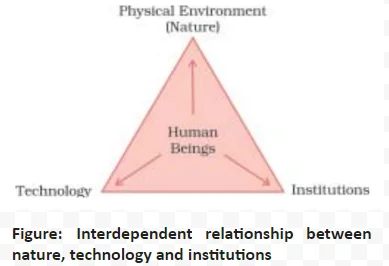![]() 12 Dec 2023
12 Dec 2023
The diversity of natural vegetation and wildlife resources plays a crucial role in maintaining ecological balance and sustaining biodiversity. In India, the varied topography and climatic conditions contribute to a rich array of vegetation types and wildlife habitats.
The growth of natural vegetation depends primarily on temperature and moisture. The major natural vegetation types are grouped as forests, grasslands, scrubs and tundra.
|
Do You Know? Over half of India’s natural forests are gone, 1/3rd of its wetlands drained out, 70% of its surface water bodies polluted, 40% of its mangroves wiped out, and with continued hunting and trade of wild animals and commercially valuable plants, thousands of plant and animal species are heading towards extinction. |
|---|
Types of Forest: Forest Giants to Arctic Tundra Mosses
The conservation of our extensive natural vegetation, along with the vast forest and wildlife resources is difficult to manage, control and regulate. In India, much of its natural vegetation, forest and wildlife resources are either owned or managed by the government through the Forest Department or other government departments. These are classified under the following categories.

|
Do You Know?
|
|---|
|
POINTS TO PONDER: Ecological niche is a unique place that a species occupies in the interdependent structure of the ecosystem. Think about the ways in which the extinction of species driven by unabated natural resource extraction creates an ecological vacuum in the flow of energy and material within an ecosystem, impacting not only the natural vegetation but also setting off a butterfly effect leading to disruption of the feedback loop that ultimately generates natural resources. |
|---|
Sacred Groves – Traditional Practices Upholding India’s Natural Vegetation Heritage
|
|---|
Nature’s Contribution: Transforming Natural Vegetation into Human-Made Resources

Also Read: Exploring Biotic and Abiotic Resources in Earth’s Mineral Wealth
<div class="new-fform">
</div>